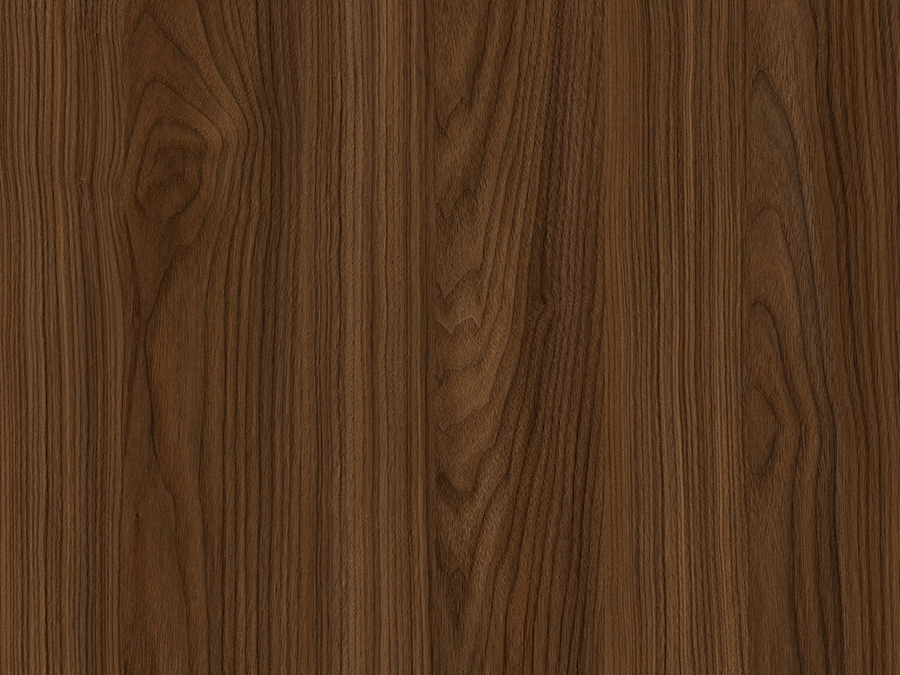Walnut melamine impregnated paper is a widely used material in the furniture and flooring industry, known for combining the luxurious appearance of walnut wood with the practicality of melamine technology. The manufacturing process integrates this decorative paper with various substrates, resulting in durable, aesthetically pleasing surfaces that are cost-effective alternatives to real wood. The application of walnut melamine impregnated paper involves a series of technical steps, each designed to enhance the material's functionality and durability while maintaining a high-end, natural look.
At its core, walnut melamine impregnated paper is produced by impregnating a high-quality decorative paper with melamine resin, a synthetic material known for its resistance to heat, water, and wear. The walnut pattern printed on the paper is designed to closely resemble the grain and color variations of real walnut wood, capturing the rich, dark tones and fine textures that make walnut a desirable material in furniture and flooring. Once the paper is impregnated with melamine, it undergoes a curing process that solidifies the resin, creating a highly durable surface layer.
In the manufacturing process, this impregnated paper is applied to a substrate, usually medium-density fiberboard (MDF) or particleboard, which forms the core of the furniture or flooring product. The melamine-impregnated paper is bonded to the substrate using heat and pressure, creating a seamless, durable surface that can withstand the demands of daily use. This process not only improves the structural integrity of the product but also enhances its resistance to scratches, moisture, and stains. The ability to replicate the look of high-end materials like walnut wood while offering superior performance characteristics makes walnut melamine impregnated paper a popular choice for manufacturers.

One of the key advantages of using walnut melamine impregnated paper in furniture and flooring manufacturing is its versatility. It allows for precise customization, meaning that manufacturers can create a wide range of finishes and textures to match specific design needs. The walnut effect can be adapted to various styles, from classic to contemporary, giving designers flexibility in achieving their desired aesthetic. Moreover, the uniformity in color and pattern ensures consistency across multiple pieces, an aspect that is difficult to achieve with natural wood, which can vary in grain and hue.
In terms of commercial value, walnut melamine impregnated paper offers a significant cost advantage over solid walnut wood. It enables manufacturers to produce high-end furniture and flooring at a fraction of the cost, without sacrificing the visual appeal of natural walnut. This makes it particularly appealing in markets where affordability is key, yet consumers still seek the elegance associated with walnut wood. Furthermore, this material contributes to more sustainable production practices by reducing the reliance on natural hardwoods, which are often more expensive and environmentally impactful to source.
From a practical standpoint, products made with walnut melamine impregnated paper are well-suited for daily use. Their resistance to heat, moisture, and abrasion makes them ideal for high-traffic areas such as kitchens, living rooms, and commercial spaces. This durability ensures that furniture and flooring retain their appearance and functionality over time, with minimal maintenance required. Cleaning is also straightforward, as the melamine surface can be easily wiped down without damaging the underlying material.
Historically, walnut has been a symbol of luxury and craftsmanship in furniture making, often reserved for high-end pieces. The introduction of walnut melamine impregnated paper has democratized access to this aesthetic, allowing consumers to enjoy the beauty of walnut without the high costs associated with solid wood. This innovation reflects a broader trend in modern design, where synthetic materials are increasingly used to mimic the look and feel of natural products, offering both aesthetic and practical benefits.
Walnut melamine impregnated paper plays a crucial role in the manufacturing process of furniture and flooring by providing an attractive, durable, and cost-effective alternative to real walnut wood. Its application enhances the functionality of everyday products while maintaining a luxurious appearance, making it a popular choice in both residential and commercial spaces. The ability to customize its design further expands its appeal, allowing manufacturers to create a wide range of products that meet diverse market demands.


 English
English русский
русский











